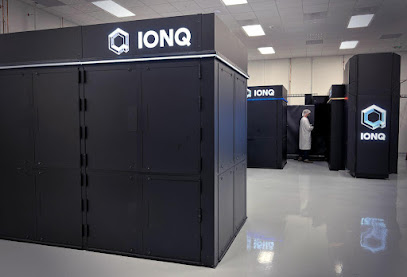Recursion Pharmaceuticals (NASDAQ: RXRX)
recently raised approximately $200 million through a public offering of 30,769,230 shares of its Class A common stock at a price of $6.50 per share.
The lead book-running managers for this offering were Goldman Sachs & Co. LLC and J.P. Morgan, with Allen & Company LLC also acting as a book-running manager (Recursion Pharmaceuticals, Inc.) (Market Wire News).
The specific buyers of these shares include institutional investors, as is typical in such offerings.
Recursion's institutional ownership is notably high, with major investors including firms like Kinnevik AB, which holds a significant portion of shares.
Other institutional investors involved over the last year include DNB Asset Management AS, Teachers Retirement System of the State of Kentucky, and California State Teachers Retirement System (Stock Market News Live | Stock Titan) (MarketBeat).
These funds are expected to support Recursion's ongoing research and development efforts, leveraging their platform for drug discovery. This move is a strategic effort to secure additional capital necessary for advancing their clinical programs and expanding their operational capabilities (Recursion Pharmaceuticals, Inc.) (Market Wire News) (Stock Market News Live | Stock Titan).
also...
Nvidia owns shares in Recursion Pharmaceuticals (RXRX).
Nvidia made a significant investment of $50 million in Recursion in July 2023, purchasing shares through a private investment in public equity (PIPE).
As part of this investment, Nvidia acquired approximately 7.7 million shares of Recursion, which at the time was valued at $75.9 million (MarketBeat) (Recursion Pharmaceuticals, Inc.) (Ground News).
This investment underscores Nvidia's confidence in Recursion's AI-driven drug discovery platform and represents a strategic partnership to leverage Nvidia's computing capabilities in the biotech field.
Financials
Recursion Pharmaceuticals is currently in a strong financial position with $296.3 million in cash and cash equivalents as of March 31, 2024 and with this recent infusion of cash, they have basically doubled their financial position.
The company reported a revenue of $13.8 million for Q1 2024, primarily due to its partnership with Roche. However, they also posted a net loss of $91.4 million for the quarter due to significant investments in research and development and general administrative expenses.
Technologically
Recursion continues to enhance its platform, focusing on advanced computational biology, machine learning, and transcriptomics to drive drug discovery (Recursion Pharmaceuticals, Inc.).
Discl: Long $RXRX and accumulating!














